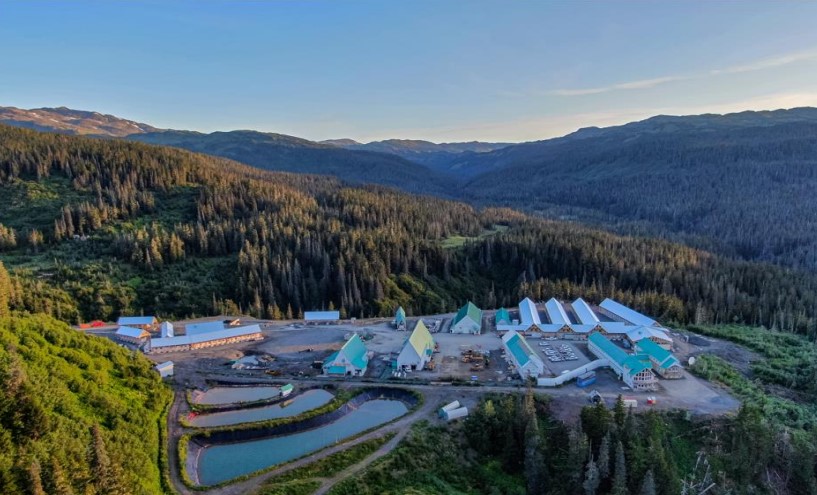Alaska Tribes seek rights in British Columbia to protect Unuk River watershed from gold mining


A consortium of Alaska First Nations is voicing opposition to the Eskay Creek project in northern British Columbia, a large open pit gold mine proposed just across the Alaska-Canada border by Skeena Resources (TSX: SKE; NYSE: SKE).
Skeena last week signed the permitting Process Charter for the Eskay Creek gold-silver project, which is in the Tahltan Nation’s territory in the Golden Triangle of British Columbia.
The property hosts the former Eskay Creek mine that produced 3.3 million oz. of gold and 160 million oz. of silver from 1994 to 2008. The Process Charter is a collaboration between Skeena, the Tahltan Central Government (TCG), and the Government of British Columbia.
While the project has the support of the Tahltan, the Southeast Alaska Indigenous Transboundary Commission (SEITC) said on Tuesday they are seeking recognition from the government of British Columbia and Canada to protect the Unuk River watershed from being damaged by the Eskay Creek mine.
Eskay Creek is one of at least six proposed and operating mines dotting the Taku, Stikine, and Unuk Rivers upstream of the US-Canada border.
The Alaska-based consortium of Tlingit, Haida, and Tsimshian Tribal governments this week applied to the Canadian environmental regulators to have their historic presence recognized along the Unuk River, which they say is threatened by rapidly expanding transboundary mining.
The SEITC said the proposed mine plan conflicts with their obligation to protect traditional lands for future generations.
The rivers, amongst the last wild salmon habitats remaining in the world, hold significant cultural importance for the Southeast Alaska Tribes, who said “recklessly underregulated gold mining” in Northwest British Columbia threatens to disrupt vulnerable watersheds and leach copper, selenium, and other toxins downstream across the border.
“We are talking about poisoning our rivers to help mining companies turn a profit,” SEITC VP Rob Sanderson, Jr, in a press release. “We have relied on and stewarded these rivers for millennia. Canada has no right to endanger our way of life.”
In 2021, the Supreme Court ruled that non-resident Indigenous people have constitutional rights in Canada if they are modern-day successors of past occupants.
The Inter-American Commission on Human Rights recently recognized that Canada’s refusal to consult with Alaska Native Tribes on large-scale mining development along the transboundary watersheds could violate international human rights. The case, brought by Earthjustice on behalf of SEITC, will move into its briefing phase in February.
If SEITC succeeds, it would be the first time in history that a US-based Tribe is granted Participating Indigenous Nation status in Canada.
THIS ARTICLE WAS ORIGINALLY POSTED ON MINING.COM
Comments
Randy Clarkson
The Unuk River is a naturally acidic river due to natural erosion of sulphide minerals by glaciers, it has a natural pH of about 4-5 – there are no salmon and nothing to save. The Alaskan natives don’t appear to understand their own environment.